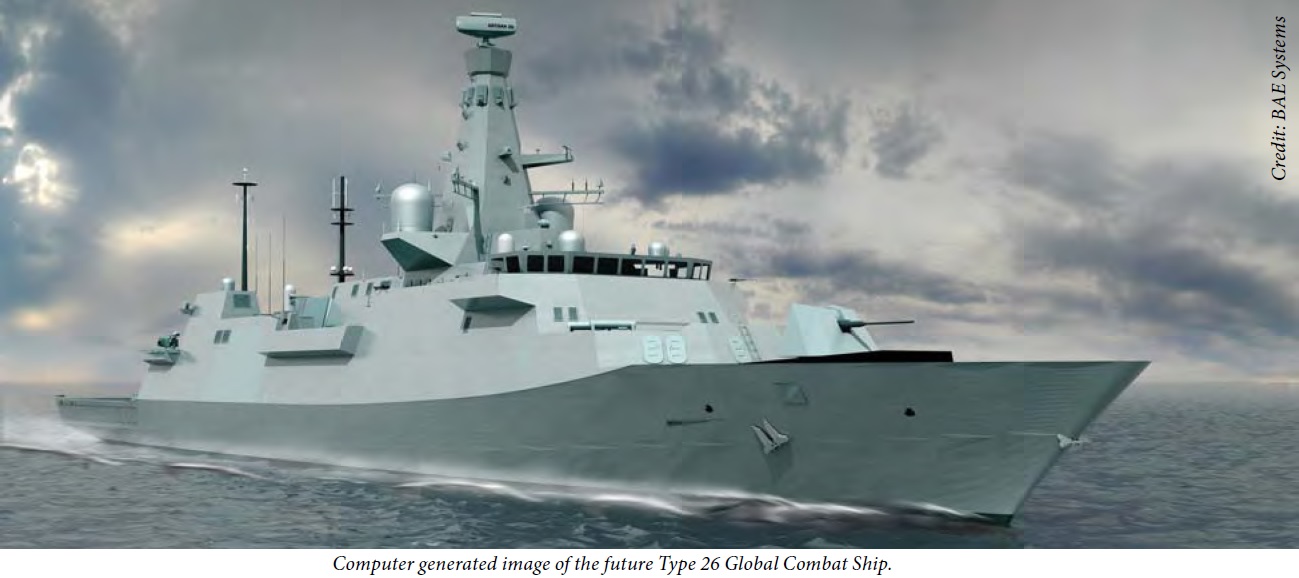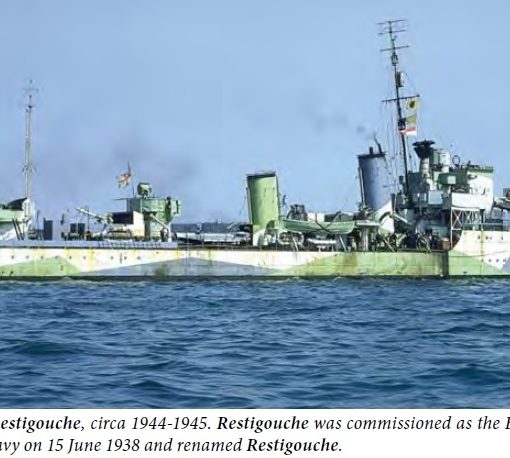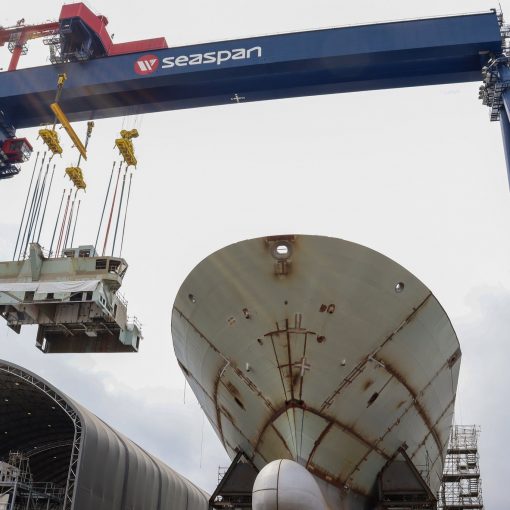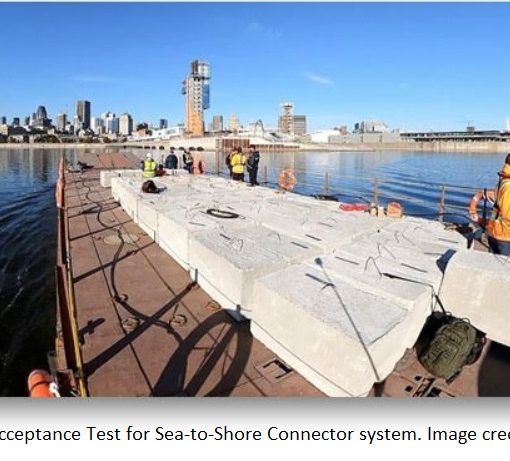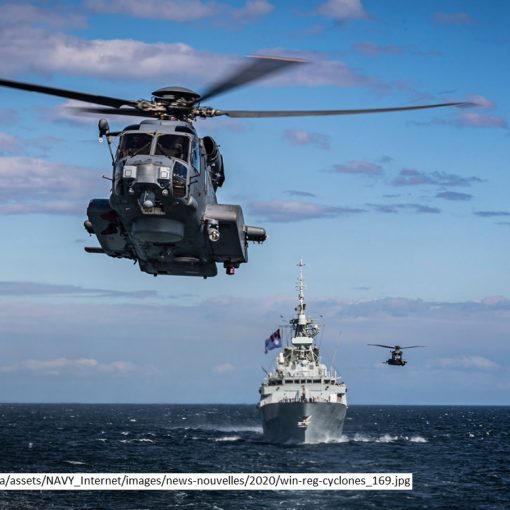22 October 2018. Canada has announced that it has chosen the Lockheed Martin (LM) Type 26 warship design by British defence firm BAE to replace the Royal Canadian Navy’s Halifax-class frigates. A group of companies led by the multi-national defence giant Lockheed Martin has just been selected as the preferred designer for Canada's next generation of warships, by the Liberal government … or has it? The government is planning to build 15 new warships starting within the next three to four years. These ships will replace Canada's 12 aging Halifax-class frigates and already-retired and scraped Iroquois-class destroyers that will serve as the navy's backbone fleet for most of this century. The announcement represents a significant step forward for the long-anticipated $60-billion program to replace the frigates. This announcement follows the decision made by the Australian government in June 2018 to select BAE Systems and the Type 26 as well, to be known as the ‘Hunter’ class, as the successful bidder for their $35 billion SEA 5000 Future Frigate program.
But ‘hold the horses, laddie-buck’! The hardest and possibly the most complex part of this process is just about to begin. Defence officials say this is not the final step. Negotiators for both sides as well as Halifax-based Irving Shipbuilding, which will actually build the warships, must now hammer out the details, including the final costs, before a deal is formalized and confirm it can deliver everything promised in the complex proposal. Some observers have compared this process to placing a conditional offer on a home, by first doing a home inspection and final walk-through before the final papers are signed. The evaluation, which will take place over the winter of 2018/2019, involves verifying the consortiums’ financial where-with-all to complete the project, confirming that the proposal meets the military's combat requirements and nailing down aspects of intellectual property licenses on the complex systems that will be put into these new warships. Obtaining the necessary clearances is essential for the federal government to be able to maintain these vessels in the future. Failure to do so could cost taxpayers untold tens of millions, perhaps hundreds of millions of dollars over the five decades the ships are expected to be in service. Some design changes are expected after the Canadian government selects the 'official' winner and a contract is in place. How many changes are required is a critical question, and it is anticipated that cutting of the first steel on the new warships may take up to an additional four years. The government has said that Lockheed's proposal won out the two rival submissions in this long and extremely sensitive competition to design replacements for the navy's entire frigate and destroyer fleets.
One of the key negotiating points is the amount of intellectual property that Lockheed will be required to hand over, which Ottawa wants so it can operate and maintain the vessels on its own after these ships are built. The intellectual-property issue has proven contentious in the past, which is why the government and industry agreed to wait until after the curing process decision was made to iron out all details. Lockheed's victory could be a catalyst for legal action by the other bidders after questions about why the LM/BAE consortium’s bid, which was based on the British-designed Type 26 frigate, was allowed in the first place. The two other companies that provided proposals for the CSC frigate included Alion Canada and Damen Group with a bid based on the Dutch De Zeven Provincien-class frigate as well as Navantia, who offered a solution based on the Spanish F-105 frigate. The stakes will be high for government, Irving and Lockheed negotiators, with hundreds of millions of dollars in play as well as pressure to make up lost time after numerous delays in the project. The government has reserved the right to walk away from these talks if Lockheed drives too hard a bargain and will instead negotiate with the second-place bidder, which is not being identified by the Canadian Government. It is hoped that won't be necessary.
The bid by Lockheed has been contentious from the moment the design competition was launched in October 2016. The federal government had originally said it wanted a "mature design" for its new warship fleet, which was interpreted as meaning a vessel that has already been built and used by another navy. But the first Type 26 frigates are only now being built by the British government and the design has not yet been 'proven' in full operation. There were also complaints from industry that the deck was stacked in the Type 26's favour because of Irving's connections with British shipbuilder BAE, which originally designed the Type 26 and partnered with Lockheed to offer the ship to Canada. Several industry insiders, however, predicted Lockheed's selection as the top bidder combined with several changes to the competition after it was launched, including deadline extensions, would spark lawsuits from the other bidders. Government officials have acknowledged the threat of legal action, but expressed confidence that they would be able to defend against such attacks. Last year a French-Italian consortium also declined to formally submit a bid and instead offered Canada a fleet of vessels at a fixed price. Officials with Fincantieri of Italy and Naval Group of France said they did not believe the procurement process as currently designed will be successful. The federal government, however, rejected the deal.
Should the preferred bidder, Lockheed Martin and BAE Systems not demonstrate to Canada and Irving Shipbuilding Inc. that it meets all of the due diligence requirements, then the next highest ranked compliant bidder will become the preferred bidder. That company will then have to successfully demonstrate that it meets all of the due diligence requirements. A contract award is expected this winter, with construction beginning in the early 2020s. The CSC project is the largest, most complex procurement ever undertaken by the Government of Canada. These ships will form the backbone of the Royal Canadian Navy and will be Canada’s major surface component of maritime combat power for decades to come.

